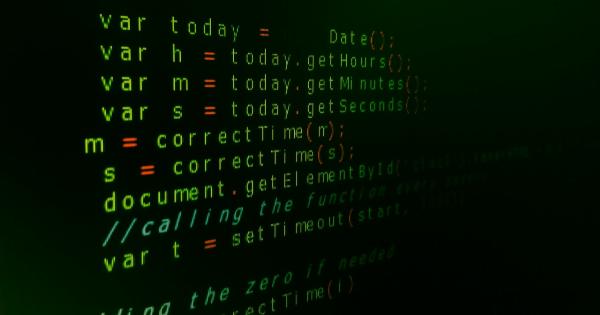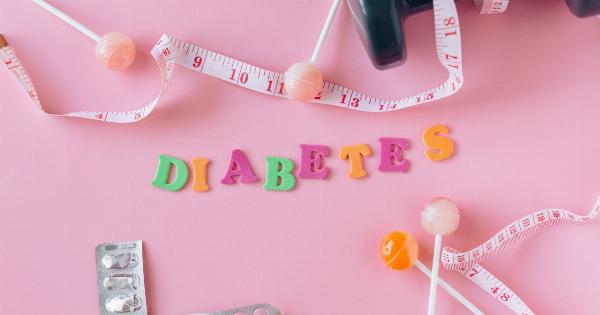Cesarean delivery, also known as c-section, is one of the most common surgeries performed among women. According to the Centers for Disease Control and Prevention (CDC), one in three babies are born via c-section in the United States.
While c-section births are sometimes necessary due to medical reasons, it is still a major surgery that comes with its own post-operative challenges. Pain management is one of them, and breastfeeding is a natural pain reliever for c-section moms.
Understanding C-Section Pain Management
After a c-section, women will experience pain and discomfort in the incision area, lower abdomen, and pelvic region. This pain can make it difficult for moms to move around and take care of their newborn.
Pain relief options vary depending on individual circumstances, but common methods include:.
- Pain medications (such as opioids)
- Nonsteroidal anti-inflammatory drugs (NSAIDs)
- Epidural analgesia
- Ice packs and heat therapy
While these methods are effective in managing pain, they also come with potential side effects and risks. Pain medications, for example, can cause drowsiness, nausea, and constipation. Epidural analgesia can lower blood pressure and cause headaches.
Breastfeeding, on the other hand, is a natural and safe option that carries many benefits.
The Science behind Breastfeeding and Pain Relief
Breastfeeding releases hormones that promote relaxation and bonding between mother and baby.
One of these hormones is oxytocin, often referred to as the “love hormone.” Oxytocin triggers uterine contractions that help the uterus return to its pre-pregnancy size. It also promotes milk letdown and helps reduce stress and anxiety. Another hormone released during breastfeeding is prolactin, which helps regulate maternal behaviors and promote restful sleep.
In addition to these hormonal benefits, breastfeeding also has a pain-relieving effect. Studies have shown that breastfeeding releases endorphins, which are natural painkillers.
Endorphins are produced by the pituitary gland and are responsible for reducing pain and inducing a feeling of euphoria. Breastfeeding-induced endorphin release has been shown to be effective in reducing pain and stress levels in mothers after a c-section.
The Benefits of Breastfeeding after C-Section
Breastfeeding has many benefits for both mother and baby, but it is especially helpful for c-section moms. Here are some of the reasons why breastfeeding is recommended after a c-section:.
- Pain relief: As discussed earlier, breastfeeding releases hormones and endorphins that help manage pain and promote relaxation.
- Faster recovery: Breastfeeding helps the uterus return to its pre-pregnancy size more quickly and reduces the risk of postpartum uterine bleeding.
- Bonding: Skin-to-skin contact during breastfeeding helps promote bonding between mother and baby and boosts maternal confidence in caring for the newborn.
- Immune system boost: Breast milk contains antibodies that help protect the newborn from infections and illnesses.
- Convenience: Breastfeeding is a convenient way to feed the newborn, especially during the first few weeks when frequent feedings are needed.
It is important to note that while breastfeeding is recommended after a c-section, it is not always possible or feasible for all mothers. Some mothers may have medical conditions or physical limitations that make breastfeeding difficult or impossible.
In these cases, alternative feeding methods such as formula feeding or donor milk may be necessary.
Tips for Breastfeeding after C-Section
Breastfeeding after a c-section can present some challenges, but with some preparation and support, it can be a positive experience. Here are some tips to help moms breastfeed successfully after a c-section:.
- Start early: Begin breastfeeding as soon as possible after birth to stimulate milk production and promote bonding between mother and baby.
- Find a comfortable position: Experiment with different breastfeeding positions to find the one that is most comfortable for you and your baby. Some positions that work well after a c-section include the football hold and the side-lying position.
- Stay hydrated and well-nourished: Drink plenty of water and eat foods that are rich in nutrients to support milk production.
- Get plenty of rest: Rest when the baby is sleeping, and ask for help from family and friends with household chores and childcare.
- Seek support: Reach out to a lactation consultant or breastfeeding support group for help with any breastfeeding challenges or concerns.
Conclusion
Breastfeeding is a natural pain reliever for c-section moms, and it has many benefits for both mother and baby.
By promoting relaxation, releasing endorphins, and aiding in the recovery process, breastfeeding can help moms manage pain and discomfort after a c-section. With some preparation and support, moms can breastfeed successfully after a c-section and enjoy all the benefits that come with it.































